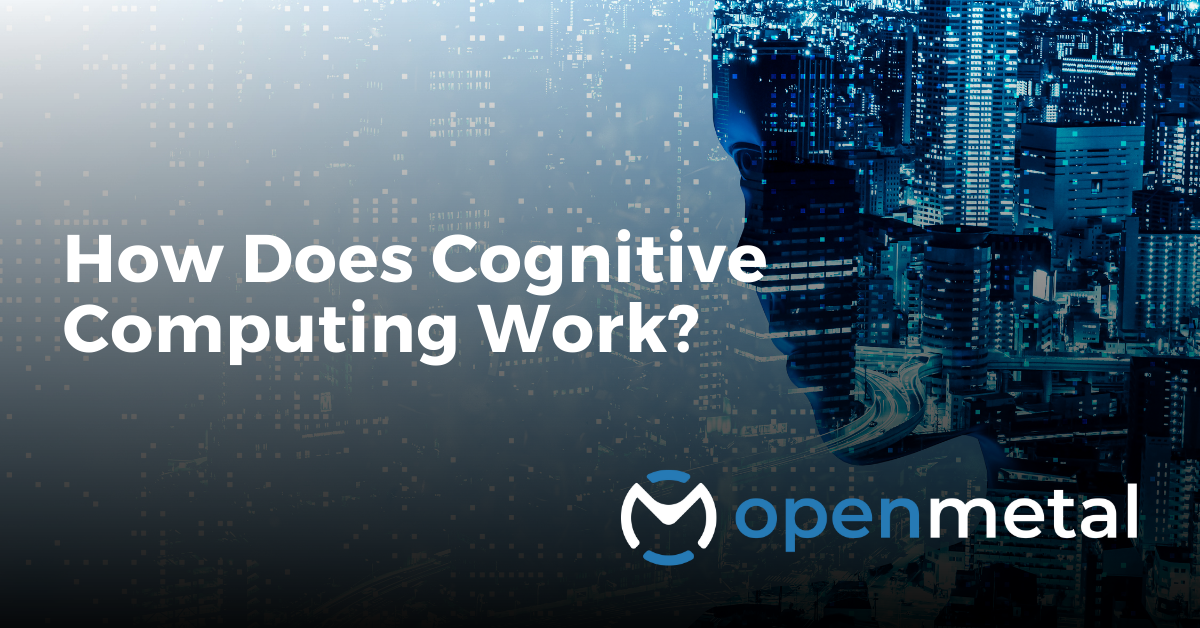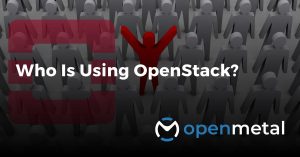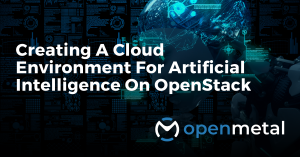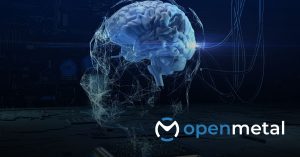Artificial Intelligence has come a long way since John McCarthy’s Dartmouth Conference in 1956. Since then many great minds have contributed and puzzled to create the vision and framework of creating machines that can simulate human intelligence. For example, ELIZA (created by Joseph Weizenbaum) was one of the first natural language processing programs designed to simulate conversation. But it wasn’t until nearly 50 years later that AI tools like Siri allowed broad adoption so that many users could use natural language to interact with their devices. And while Siri had its time, never before have we had this many significant consecutive releases (ChatGPT, Gemini, Alexa) that transformed our daily lives. AI now plays a pivotal role in our daily lives – answering our questions, articulating and documenting our ideas in written and even artistic forms, driving our vehicles, cooking our food, analyzing patterns, recommending ads to us, and even generating visuals through platforms like CreateVista AI image generator.
So what do you need to know about AI? And where do you begin if you want to leverage the endless possibilities of AI for your organization?
What is Cognitive Computing?
Cognitive computing is a term used to describe technological computing that mimic human behavior such as natural language processing, machine learning, and reasoning. This is done to improve conventional computing so that there will be enhanced problem solving and data analysis. Cognitive computing uses both artificial intelligence and machine learning algorithms to create systems that can understand, reason, and learn from large amounts of data.
The goal of CC devices is to simulate the human brain’s thought process in a computerized model. It tries to replicate how humans would solve problems and performs specific tasks that facilitate human intelligence. Cognitive computing can be recognized by the following traits:
- Adaptive: Cognitive computing systems should be able to learn as data changes and its objects evolve.
- Interactive: Cognitive computing systems should be able to seamlessly interact with other processors, devices, cloud services, and users as well.
- Iterative and stateful: Cognitive computing systems can define problems through inquiry or finding additional inputs if faced with ambiguous problem statements.
- Contextual: Cognitive computing systems should be able to understand, identify, and extract contextual elements such as syntax, meaning, time, location, etc. They can extract this data from various sources including both structured and unstructured digital information and sensory inputs.
Cognitive computing may be distinct from Artificial Intelligence, however it provides a realistic roadmap to achieving true Artificial Intelligence.
What is Artificial Intelligence (AI)?
Artificial Intelligence refers to the ability of systems to perform human intelligence processes. This may include learning, reasoning, and self-correction. This involves skills like recognizing patterns, making reasoned judgments, and reaching decisions. AI-powered systems can process data, learn from it, and apply that learning to achieve goals or solve problems. These principles are also reflected in many modern learning environments, including platforms like Coursiv, which focus on applied approaches to understanding AI systems. The purpose of Artificial Intelligence is to create intelligent systems that can perform tasks autonomously or with minimal human intervention. Before implementing AI solutions, organizations are increasingly conducting an AI readiness check to evaluate their infrastructure, data maturity, and strategic alignment. This ensures that the foundational elements are in place to support successful AI adoption and long-term scalability.
You may be tempted to consider cognitive computing and Artificial Intelligence interchangeable because they both solve complex problems and use technologies like machine learning, deep learning, and neural networks. However they are fundamentally different, the key difference being the role of human behavior in solving the problem presented to the algorithm. Cognitive computing specifically focuses on emulating human thought processes and enhancing human-machine interaction, whereas artificial intelligence encompasses a broader range of techniques and applications aimed at mimicking various aspects of human intelligence.
What is Machine Learning (ML)?
Like cognitive computing, machine learning (ML) is a subset of artificial intelligence that focuses on the development of algorithms that helps AI systems learn from data without explicit programming. Machine learning is what allows AI systems to improve their performance over time by refining their algorithms through data analysis. This means that as more data is fed into the system, the machine becomes better at recognizing patterns, making predictions, and providing insights.
Artificial Intelligence and machine learning offer a multitude of applications across various industries. For instance, in healthcare, AI can aid in diagnosing diseases from medical images, while ML algorithms can predict patient outcomes based on historical data. In finance, AI-powered chatbot tools such as Crisp enhance customer support, while predictive analytics helps detect fraudulent transactions. These technologies are transformative in nature, impacting sectors such as transportation, retail, and beyond, by elevating efficiency, accuracy, and decision-making processes.
What Is Deep Learning?
Deep learning is a subset of machine learning that uses artificial neural networks with multiple layers to learn representations of data and perform complex tasks. Deep learning algorithms learn from substantial volumes of data and perform tasks such as image recognition, speech recognition, and natural language processing.
Resources Required For AI Workloads
In order to run AI workloads efficiently, you will need several resources and each serves its own specific purpose.
Computing Resources:
- CPUs are used for handling general computing tasks
- GPUs are used for tasks that require parallel processing capabilities (which accelerates deep learning workloads)
- TPUs are used to accelerate machine learning
- FPGA are specialized integrated circuits that can be programmed or configured after manufacturing to provide a versatile platform for implementing custom digital logic and accelerating a wide range of computational tasks across various domains, including the rapid prototyping of hardware using China PCB prototypes.
Memory: Sufficient RAM is necessary to store model parameters, intermediate computations, and data during both training and inference stages. Because AI both stores and processes large quantities of data, high-capacity and high-speed storage solutions are ideal for storing large datasets, model checkpoints, and related data.
Networking: A robust networking infrastructure which includes high-speed and low-latency networking is necessary for distributed training scenarios and real-time inference applications. This allows for efficient communication between multiple GPUs or TPUs across different servers.
Frameworks and Libraries:
- Frameworks can help with developing and deploying AI models.
- Libraries help with distributed computing and may be required for scaling training across multiple nodes.
How OpenStack Clouds Can Be Ideal For AI Workloads
OpenStack is a collection of open source software tools for creating and managing public, private, or hybrid cloud. OpenStack clouds are built by integrating various software projects to create a robust open source cloud platform. OpenStack users can leverage its versatile infrastructure and comprehensive set of services to create resilient infrastructure to support AI workloads.
- Resource Provisioning and Scaling: OpenStack offers a dynamic framework for provisioning computing, storage, and networking resources on demand. Because AI and ML tasks require substantial computational power, OpenStack’s ability to rapidly allocate instances and dedicated hardware accelerators is invaluable. This elasticity allows developers to scale their infrastructure up or down based on workload requirements, ensuring efficient resource utilization. This is key for controlling infrastructure costs as AI resource demands tend to fluctuate.
- Data Management and Storage: AI and ML models thrive on data. OpenStack’s storage services, including Swift for object storage and Cinder for block storage, provide scalable and reliable options for storing large datasets. This enables seamless access to the necessary training and validation data, a fundamental aspect of building accurate and effective models. OpenStack also allows for integration with additional open source storage solutions like Ceph. Ceph supports various interfaces (including object, block, and file storage) and integrates with various AI frameworks such as TensorFlow and PyTorch. OpenMetal uses Ceph storage in their OpenStack clouds and also offer large scale object storage clusters.
- Networking Capabilities: OpenStack’s networking services enable the creation of isolated networks, load balancers, and security groups, ensuring that AI and ML workloads operate securely and efficiently. Developers can design network architectures that isolate AI and ML tasks, preventing interference from other applications and enhancing performance.
- Containerization and Orchestration: Containers have become essential tools for packaging and deploying AI and ML applications. OpenStack supports containerization through projects like Magnum, which simplifies the deployment and management of container orchestration engines like Kubernetes. This streamlines the setup and scaling of containerized AI and ML workloads, making them easier to manage. On-Demand OpenStack clouds by OpenMetal come with built in Magnum templates for deploying turnkey Kubernetes clusters on Fedora OS but also support a variety of K8s deployment and management systems.
- Customization and Integration: OpenStack’s open-source nature allows developers to customize the platform to meet specific AI and ML requirements. It offers integration with various open-source tools and frameworks, enabling developers to use their preferred technologies for model development and training.
- API Access and Management: OpenStack provides well-documented APIs that enable developers to interact programmatically with the platform’s resources. This is crucial for automating tasks, managing infrastructure, and orchestrating AI and ML workflows.
- Collaboration and Innovation: OpenStack’s collaborative nature fosters innovation. Developers can share best practices, insights, and solutions within the OpenStack community, accelerating AI and ML advancements collectively.
In essence, OpenStack’s comprehensive suite of services, coupled with its flexibility and scalability, make it an invaluable tool for accelerating AI and ML model development and deployment. By providing a reliable and adaptable infrastructure, OpenStack empowers developers to focus on creating sophisticated models, testing hypotheses, and ultimately driving AI and ML innovation.
Key Projects in OpenStack cloud environments for AI and ML
- Cinder is OpenStack’s block storage service. AI workloads require large datasets and model check points which can be stored on cinder volumes which are attached to instances.
- Magnum is used to deploy container orchestration engines such as Kubernetes, Docker Swarm and Apache Mesos in OpenStack clouds. Containers are getting more and more popular in AI because they’re a lightweight and smart way to pack and set up AI apps. Containers allow you to encapsulate your AI models, libraries and dependencies to make sure that they run consistently across various environments.
- Nova is OpenStack’s compute service, it provides the foundation for managing and orchestrating instances and other compute resources. Nova provisions the instances and allocates memory to that instance to make sure that your workloads have sufficient RAM. Nova scales horizontally, so it can dynamically provision and manage many compute instances across multiple servers.
- Neutron is OpenStack’s networking service, it is used to provision virtual networks, subnets, ports, routers and other advanced networking services. With Neutron, you can isolate networks, load balancers, and security groups so that AI workloads operate securely and efficiently. It allows for the design of network architectures that isolate AI takes and prevent interference from other applications.
- Swift is OpenStack’s object storage service which provides a robust and scalable storage solution that can support the storage and management of large datasets used in AI applications. Swift can easily scale from a single machine to thousands of servers and is also optimized for high concurrency.
- Ironic is a part of OpenStack that helps you set up and handle bare metal without any extra software. Bare metal servers work together in groups to do tasks that need a lot of computing power, like machine learning and deep learning. They can do these tasks faster and better than virtual machines. Ironic makes it simple to set up and handle these strong computers on OpenStack, so you can use all their power.
The role of open-source solutions, like OpenStack, provide everyone with access to tools necessary to create resilient infrastructure for AI workloads. The abundance of diverse tools, technologies, and frameworks on OpenStack can accelerate the development and deployment of intelligent applications, driving innovation and fostering business growth. It’s exciting to watch as the resourceful and creative minds come together to leverage available tools to push the boundaries of possibilities and continue to amaze us with AI solutions that make our lives easier.
More From OpenMetal

How Does Cognitive Computing Work?
- What Is Cognitive Computing?
- AI And Cognitive Computing
- How Does Cognitive Computing Work?
- Features Of Cognitive Systems

It may be surprising to see large scale OpenStack use cases such as Walmart or China Mobile, or use cases in organizations like NASA who have stringent security regulations, but the ability of organizations to fine tune and customize Open …Read More

Creating A Cloud Environment for Artificial Intelligence on OpenStack
In this blog, we will discuss OpenStack projects and open source software that can be used to create a cloud environment that’s ideal for building, testing, and managing AI.
Test Drive
For eligible organizations, individuals, and Open Source Partners, Private Cloud Cores are free to trial. Apply today to qualify.
Subscribe
Join our community! Subscribe to our newsletter to get the latest company news, product releases, updates from partners, and more.



































